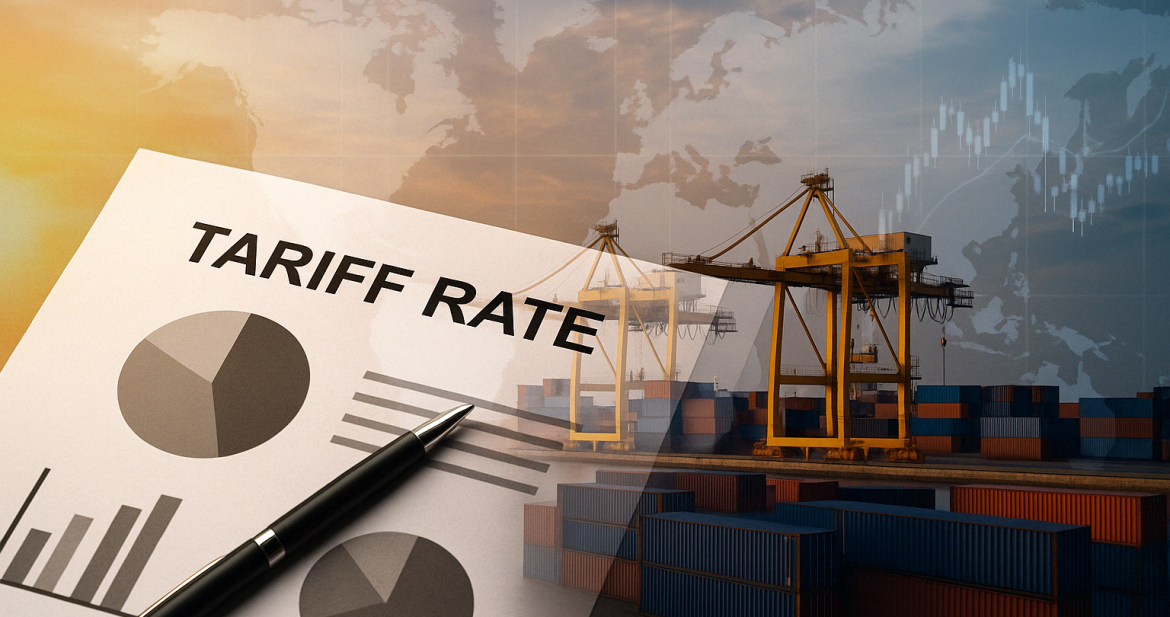In April 2025, the United States introduced a sweeping tariff regime that reignited global concern over trade instability and economic fragmentation. Triggered under the International Emergency Economic Powers Act (IEEPA), these new tariffs imposed a universal 10% duty on all imports, with country-specific increases reaching up to 46%—including 34% on Chinese imports and 20% on goods from the European Union (source: whitehouse.gov).
While these policies are framed as protective economic measures, they also serve as reminders of how swiftly market environments can shift under political pressure. Historically, such transitions have encouraged high-net-worth individuals (HNWIs) and global investors to pursue investment migration as a strategic safeguard—and 2025 appears no different.
Rising Trade Barriers, Rising Global Mobility
When tariffs disrupt global trade routes, they create ripple effects across industries: increased production costs, supply chain realignment, and geopolitical tension. These factors also raise exposure to sovereign risk—especially for internationally active investors, entrepreneurs, and business owners.
While the immediate response may focus on portfolio diversification or currency hedging, a longer-term strategy for many has been geographic diversification through residency or citizenship-by-investment (CBI) programmes.
Residency-by-investment programmes in Europe, such as those in Portugal and Greece, or citizenship options in the Caribbean (like Saint Lucia or Antigua & Barbuda), offer investors a path to mobility, asset protection, and long-term security, often independent of volatile domestic policies.
A Historical Parallel: Sanctions, Trade Wars, and Migration Upticks
This is not the first time global investors have responded to political manoeuvres with mobility.
- In 2018–2019, during the U.S.–China trade war, several migration advisory firms reported a spike in interest from Asian investors seeking access to Western markets through Golden Visa programmes.
- In 2022, following the Russian invasion of Ukraine and the ensuing sanctions, similar behaviour was observed among HNWIs from affected regions seeking alternative citizenships to maintain international access.
Thus, recent tariff actions—though aimed at trade realignment—may accelerate the movement of capital and individuals across borders, especially when paired with other global risks such as inflation, currency volatility, or upcoming elections.
What This Means for the Investment Migration Industry
For firms in the residency and citizenship planning sector, including those present at BLS Global’s GIIS and IRES summits, this presents an opportunity to position migration services not merely as lifestyle upgrades, but as tools of economic resilience.
More clients are beginning to view second residency as an “insurance policy” against regulatory unpredictability. This includes:
- Access to more stable tax regimes
- Freedom of travel and relocation for family or business
- Entry into secure financial and property markets
Investment migration providers who can communicate these benefits clearly—backed by solid due diligence and jurisdictional credibility—are likely to experience growing demand.
A Strategic Shift, Not a Temporary Reaction
The 2025 tariff regime marks another milestone in the redefinition of global economic alliances. For HNWIs, the message is clear: flexibility is power. As trade routes narrow, mobility corridors become more valuable—and investment migration emerges as a structured, proactive solution to navigating today’s complex financial and political landscape.
BLS Global continues to create space for these critical discussions—connecting advisors, investors, and policymakers through events that offer both insight and action in a rapidly changing world.





